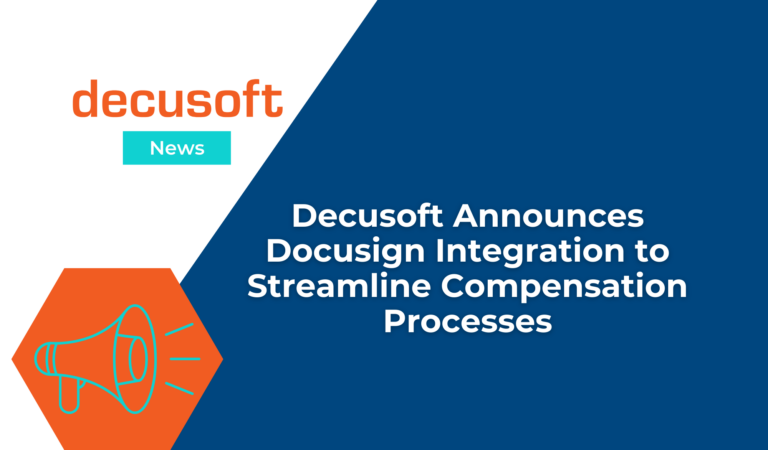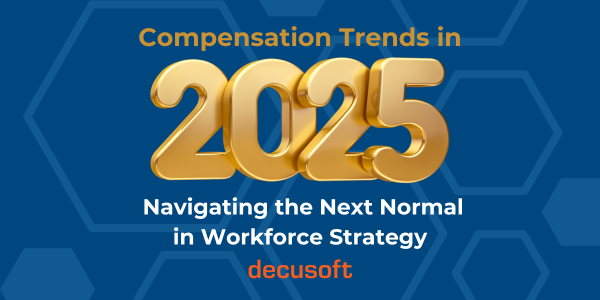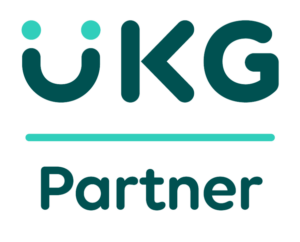I was recently invited to speak at a roundtable where I was asked what trends I am seeing in the marketplace for compensation programs and how technology can support same. Despite data suggesting the simplification of comp plans, I actually see the opposite. Organizations are using comprehensive compensation as a strategy for creating environments that reward employees and establish a strong ethos of employee engagement. This trend brings with it an increased demand for flexibility in compensation systems. It is not uncommon for companies today to have bonus plans with a large number of designs, calculations, and components. I work closely with one client who has 82 bonus plans with over eight components in each. To be successful, companies like this must be prepared to support the implementation of these plans.
Another interesting trend is the increase in frequency by which companies are accessing their compensation systems. Traditionally, there were a select few users utilizing their system 1x/2x per year – typically only during their comp cycles. Now, up-line/downline managers, finance personnel and general HR practitioners are all increasingly utilizing their systems for strategic purposes – often with year-round usage. Transparency in earnings is also growing in importance, leading to a large increase in demand for additional reporting functionality and customized statements.
From a broader technology based perspective, I see 3 significant trends:
Globalization: In a global economy, many companies have employees residing and working in multiple countries. The comp function must adhere to the ways that pay practices differ around the world, and programs/processes need to be put in place that will enable the company to effectively implement their comp programs, in the local language/currency, and allow them to compete for top talent. Enabling technologies need to either have these market practices built in or be configurable enough to support them. If not, the comp team is left with manual interventions and/or workarounds.
Mergers & Acquisitions: Many companies have a business strategy that includes growth through strategic acquisitions. Depending on the size and impact of these mergers, it can take an extended period of time to integrate HRIS systems and compensation programs. The compensation function is often asked to manage common processes, such as annual merit, before systems are even combined. This requires compensation technologies that can process different approaches for varied groups of employees.
Predictive Analysis / Modeling: As systems get smarter and capture more information, company executives are looking to the compensation team to provide more than just basic analytics. Modeling allows for forecasting of total compensation costs based on different “What If” planning scenarios. Comp professionals are increasingly analyzing data year-round, allowing them to predict what will happen in the future, and proactively recommend course corrections when necessary.
Comprehensive compensation management programs are an integral part of attracting and retaining the right employees that will help your organization reach its corporate goals. Utilizing the right technology will help you implement these programs, giving you a competitive advantage and ensuring your continued success.




